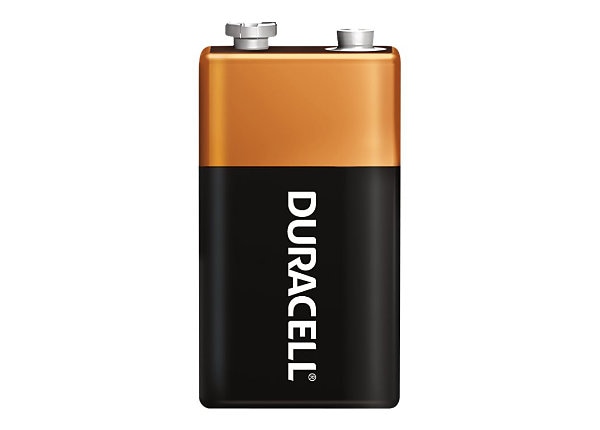An electric circuit is closed path through which current/charge flows. Understanding the concepts of electric circuits and concepts of circuits is very important for kids to work with building robots, interfacing sensors and actuators. Any electric circuit consists of at least one or many of the circuit element explained in this article. To form an electric circuit we need the following basic circuit elements.
- Voltage source
- Current source
- Resistance
- Inductance and
- Capacitance
Voltage source is an active circuit element which maintains a constant voltage across two terminals irrespective of load. In general majority of the electrical energy sources like batteries, main supply are shown as voltage sources. Ideal Voltage source supplies zero current on open circuit and infinite current on short circuit. Ideal voltage source has zero internal resistance.
But practical voltage sources contain a small internal resistance due to which there will be internal voltage drop based on the load current.


Current source:
A current source is a circuit element which supplies or sinks current independent of the voltage across it. Ideal current source contains infinite output resistance.

Resistance:
Resistance is a circuit element which opposes the flow of current. According to Ohm’s law resistance of an object is defined as the ratio of the voltage drop across its terminals and the current flowing through it.

Inductance:
Inductance is the property of electrical conductor which opposes change in the current flowing through it by generating electromagnetic force (EMF). This property of opposing change current is called inductive reactance.
XL =2FL
XL = Inductive Reactance.
F = Rate of change in current ( incase of 50Hz AC current F=50)
L = Inductance in Henry.

Capacitance:
Capacitance is a circuit element which opposes the change in voltage across it. A capacitor offer capacitive reactance to oppose the change in voltage.

Capacitive Reactance
XC =12FC
F is Frequency of voltage
C is Capacitance in Farads.
